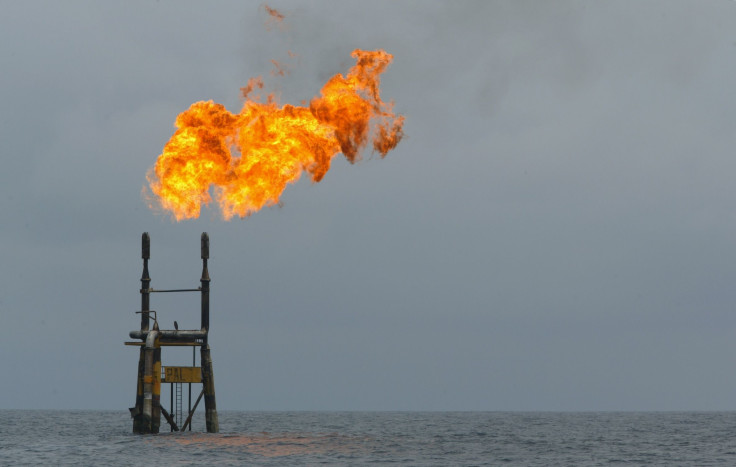Morgan Stanley Says Crude Oil Prices To Slide, Cuts Average 2016 Brent Price Forecast

Morgan Stanley predicted Thursday that low oil prices would persist for longer than previously expected and lowered its average 2016 Brent price forecast to $30 per barrel — a 40 percent cut from its previous forecast, according to reports. An imbalance between supply and demand in the oil industry would continue for another two years, the bank said.
Morgan Stanley now expects an average price of $40 per barrel in 2017, before it hits $50 by the end of the year.
“You won't see $70 oil until 2018,” CNBC reported, citing the bank's report. Morgan Stanley’s commodity research team had earlier predicted oil prices to rise each quarter.
In January, the World Bank slashed its outlook for most global commodities, with the expected price of crude oil for 2016 cut to $37 a barrel from $51 the bank predicted in October.
Thursday's Morgan Stanley report maintained that crude oil demand, which is flagging due to a slowdown in the global economy, must “catch up” with supply as the firm did not expect production to adjust materially.
"The challenge is that demand growth is slowing. When combined with seasonality and lagged data, confirmation of large draws and rebalancing now may not be apparent until mid-2017 in our base case," Morgan Stanley analysts reportedly said.
There are growing calls from oil-dependent economies to reign in the global oil glut to stem the decline in oil prices. However, in the wake of recent events such as the 13-country Organization of the Petroleum Exporting Countries (OPEC) bloc failing to reach an agreement over production limits, Iran entering the oil market and Russia pumping oil at a record pace, oil prices plunged to the lowest levels in more than a decade last month.
Morgan Stanley warned that until a supply-demand balance was achieved, volatility in prices would persist with "trade-weighted U.S. dollar, headlines and macro concerns continuing to drive oil prices (lower)," Business Insider reported.
OPEC had estimated a global oversupply of around 2 million barrels per day last year — the result of both surging production in non-OPEC nations, including the United States, and the gloomy economic outlook in China and other developing countries.
© Copyright IBTimes 2024. All rights reserved.











